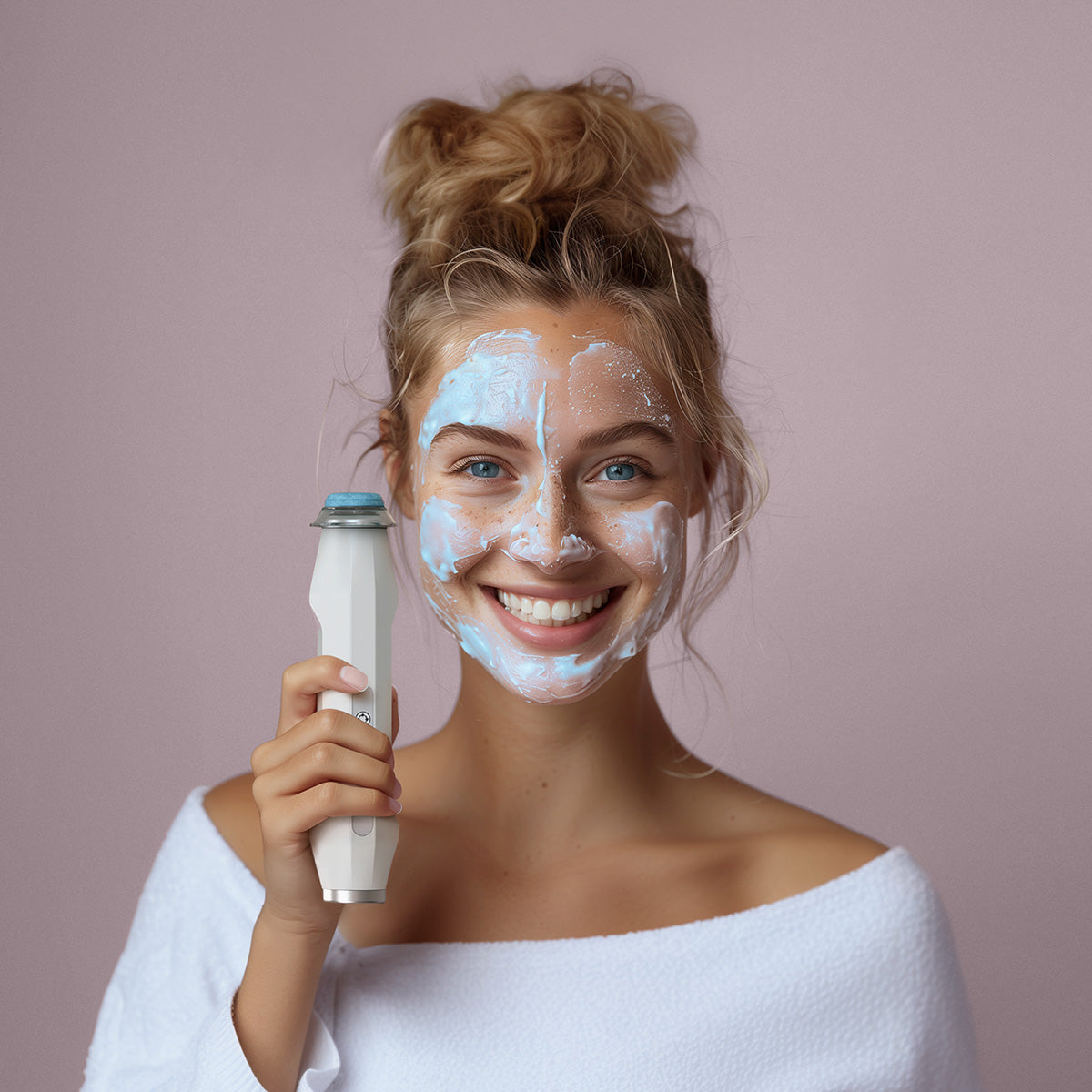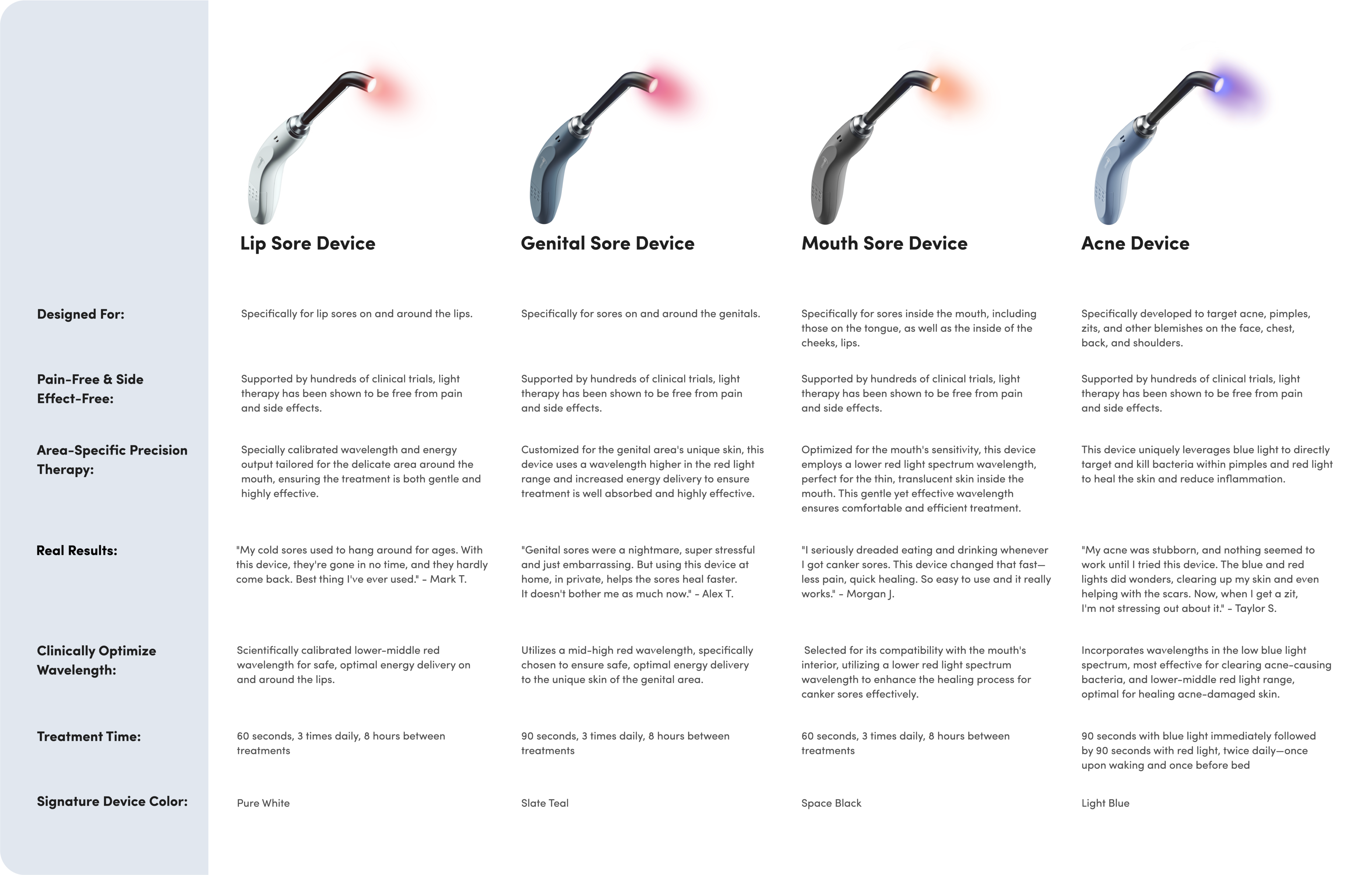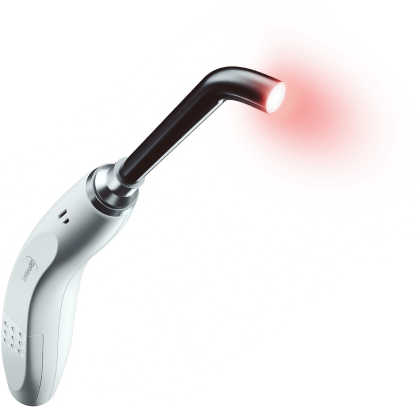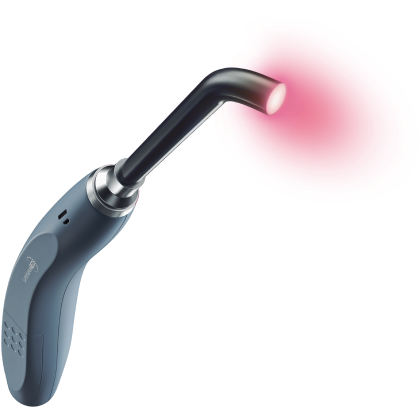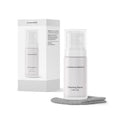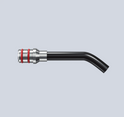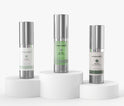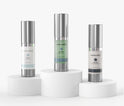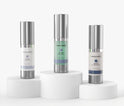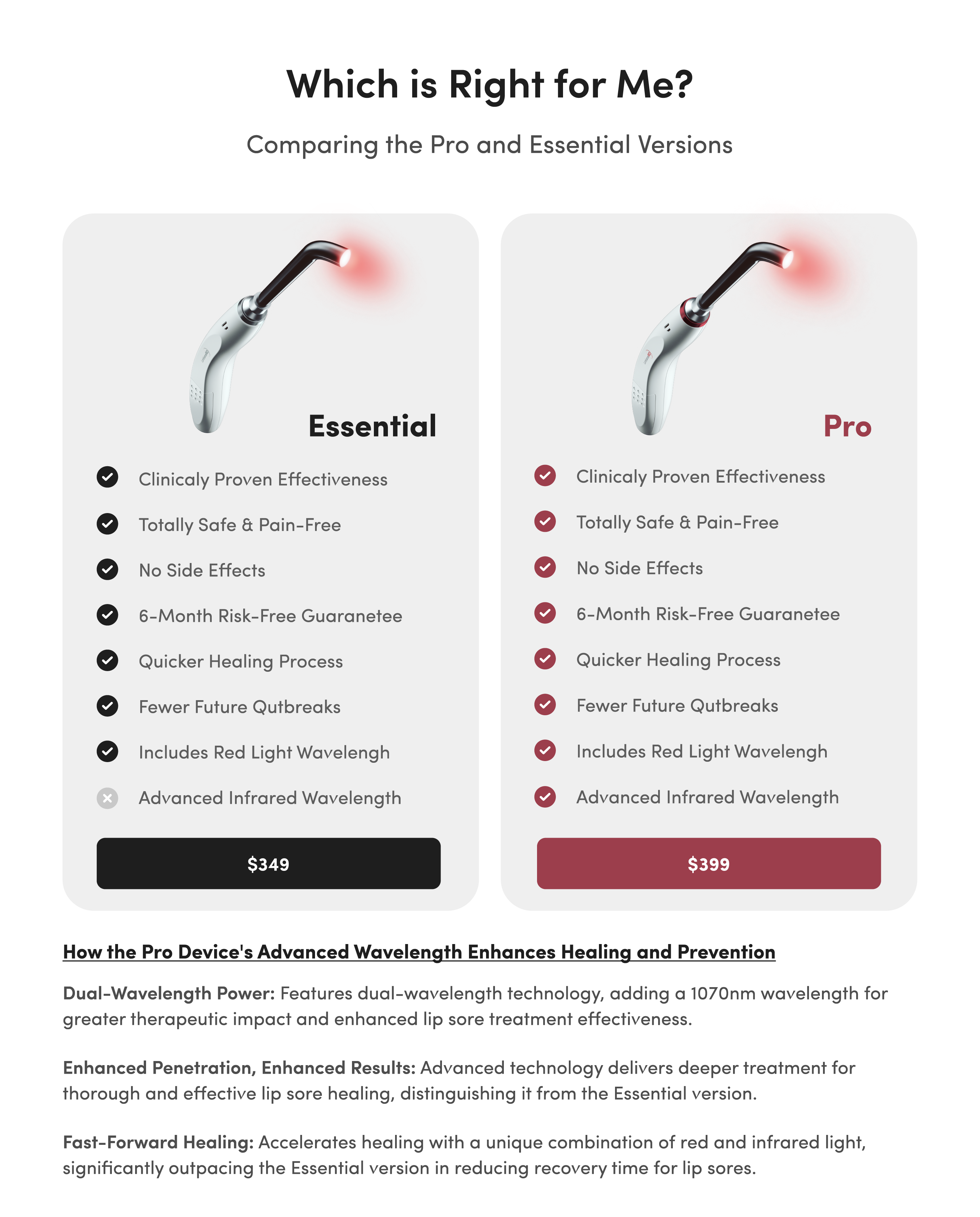Should You Drain Your Cold Sore or Let It Break Naturally?

As most of us learned by our teenage years, any pus-filled spot can present us with an almost irresistible temptation to pick.
With the advent of internet sensations like Dr. Pimple Popper, more and more people seem to believe that draining a facial lesion is always a good idea.
After emptying out your fair share of pimples, you may be wondering, "Should I drain a cold sore the same way?"
First, let's explore what a cold sore actually is, what's inside one, and if there's ever a good time to drain a cold sore.
What Is a Cold Sore?
Cold sores, sometimes referred to as fever blisters, are small, fluid-filled blisters on or around the lips. These blisters are usually caused by the herpes simplex virus, type 1 (HSV-1), and they often appear in small clusters. HSV-1 is highly contagious and spreads through contact with an infected person's saliva, the fluid inside the cold sore, or the skin around the mouth.
Symptoms of an initial HSV-1 outbreak can include swollen lymph nodes, fatigue, and fever in addition to cold sore blisters.
After a person contracts HSV-1, the virus continues to live in their nerve cells for the rest of their life. It remains dormant until a trigger reactivates it, resulting in a cold sore outbreak.
Common cold sore triggers include fatigue, stress, exposure to sunlight, a weakened immune system and certain foods. Fortunately, recurrent outbreaks of HSV-1 tend to be milder than the first outbreak. People with cold sores often experience a tingling or burning feeling on or around their lips a day or two before a cold sore erupts.
What's Inside a Cold Sore?
Cold sores start out as blisters filled with clear fluid that contains the DNA of HSV-1. After a few days, cold sores can become cloudy in appearance and fill with purulent exudate, or as it's more commonly known, pus.
Pus is a thicker fluid created as your body fights off infection. It contains broken down white blood cells and dead, sloughed off tissue. Cold sore pus also contains the DNA of HSV-1.

Should You Drain a Cold Sore or Wait for It To Break?
Now that you know what a cold sore is and what's inside of it, what should you do about it? Should you wait for your cold sore to break open on its own? Is there a benefit to draining it proactively?
When and How To Drain a Cold Sore
It's not advisable to puncture a cold sore to drain out the fluid. Cold sores naturally pass through a five-stage cycle, rupturing on their own at the right time. Attempting to drain a cold sore yourself by squeezing or poking a hole in it could actually have negative consequences such as injured skin, infection, or delayed healing.
However, that doesn't mean there's nothing you can do.
There are a few ways to help a cold sore get to the draining stage more quickly without causing damage to the already delicate skin around your mouth.
Lysine Supplementation
Lysine supplementation is a popular method that many believe helps shorten the duration of a cold sore outbreak. L-lysine, an easily absorbable form of lysine, is thought to inhibit the absorption of arginine, an amino acid that feeds HSV-1 and helps it to replicate more quickly.
Further research on the effects of lysine on cold sores is needed. But one study showed that 87% of participants treated with an ointment containing L-lysine saw their cold sores completely resolve in six days. (Without treatment, full resolution of cold sores can take up to 21 days.)
Salt
Drying out a cold sore at the right time may help to speed up the healing process and get to the draining stage faster. Salt can help to draw out the moisture that helps cold sores thrive, alleviating some of the swelling and discomfort.
You can use this method by holding a moistened finger dipped in salt against your cold sore for about 30 seconds.
Toothpaste
Sodium lauryl sulfate, or SLS, is an ingredient commonly found in toothpaste. Studies have shown that SLS can suppress the activity of the HSV-1 virus and inhibit its spread. Additionally, SLS also has a drying effect on skin.
Applying a thin layer of white toothpaste over a cold sore early on can help reduce the severity of an outbreak, and spreading it on before bed can help dry out a cold sore as you sleep.
Light Therapy
Using a high-powered light therapy device to dry out a cold sore can also help accelerate healing. Studies have shown that treatment with red light can significantly reduce the amount of time a cold sore takes to reach the healing stage.
Red light therapy used to be available only in clinical settings, but the increase of promising research for this treatment has led to the development of devices you can use from the comfort of home. One at-home tool that uses this kind of therapy is the Luminance RED.
When To Let a Cold Sore Break Naturally
If you leave your cold sore alone, it will eventually break open and weep with fluid. You can continue to use red light therapy at this time to further encourage draining and drying.
After some time, the open sore will scab over, developing a yellow or brown crust. At this point, remember not to let yourself pick at the scab. It needs to remain in place for the healing process to progress smoothly.
It's also good to keep a bit of moisture on your cold sore scab to encourage healing. Chapstick or petroleum jelly can be applied sparingly to a dry, drained cold sore to encourage the proliferation of new, healthy skin.
Can Cold Sore Fluid Lead to More Cold Sores?
There is no evidence to suggest that cold sore fluid multiplies the cold sores around your mouth. If you touch your cold sore, however, it's important to wash your hands to avoid spreading HSV-1 to other people or to other parts of your body.
Kissing during a cold sore outbreak is a definite "no-no," especially when the cold sore is weeping its virus-filled fluid. And while it's unlikely you'll transmit HSV-1 to someone else through a straw or a drink, HSV-1 can survive outside the human body for several hours. For that reason, it's still wise to avoid sharing during an outbreak.
Although rare, cold sores can spread to other body parts like the eyes, throat, cheeks and chin. It's possible that cold sore fluid may contribute to this spread, which is another great reason to wash your hands thoroughly after touching your cold sore.
Timing Is Everything
When you're trying to decide whether to help dry out your cold sore or let it drain naturally, timing is the most essential element. You don't want to attempt to drain a cold sore that's already past the drying stage!
Remember, there's never a good time to puncture a cold sore. But you can gently encourage healing by drawing fluid out in the initial days and then moisturizing to encourage healing after the cold sore has drained naturally.



